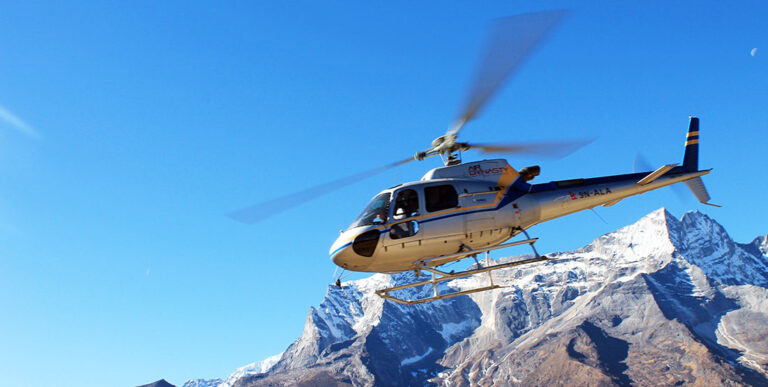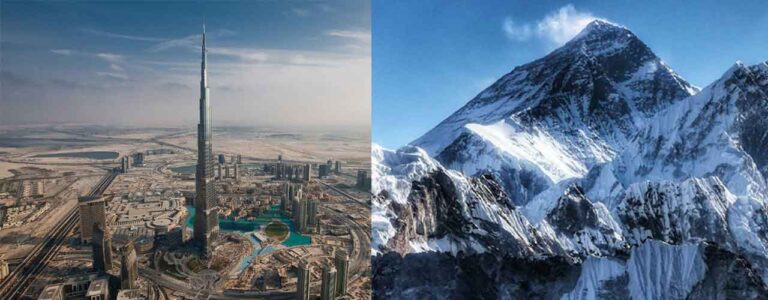Where is Nepal is a question which have a perfect answer. Nepal is situated in the heart of the Himalayas. It is a land of really impressive landscapes and really rich cultural heritage. This unique country is situated between two Asian giants: China to the north and India on its other sides. Nepal covers an area of approximately 147,181 km².
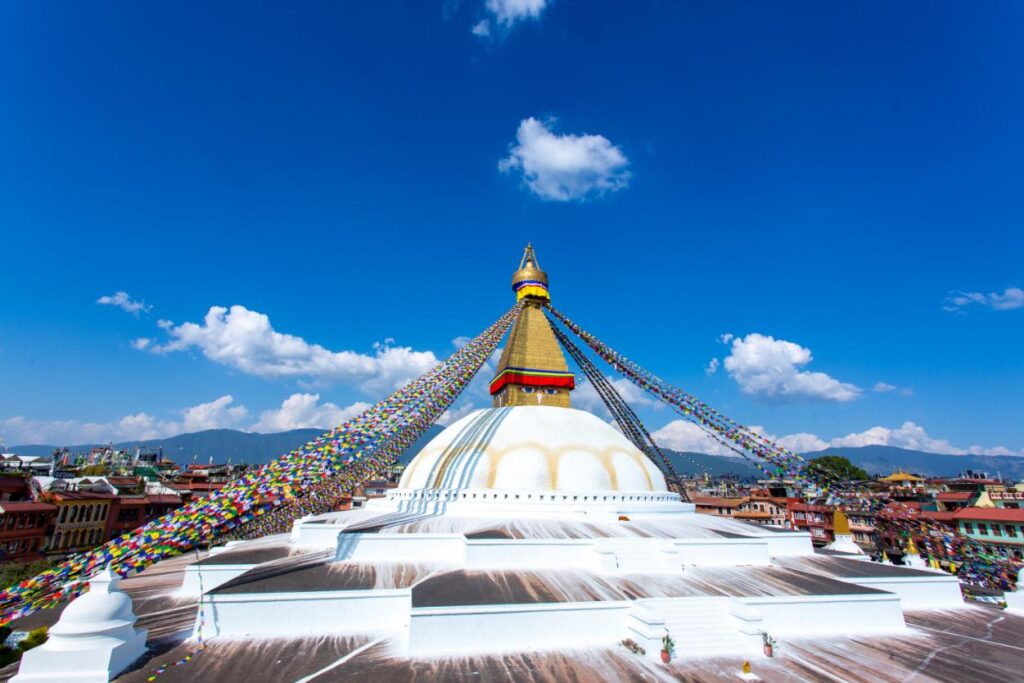

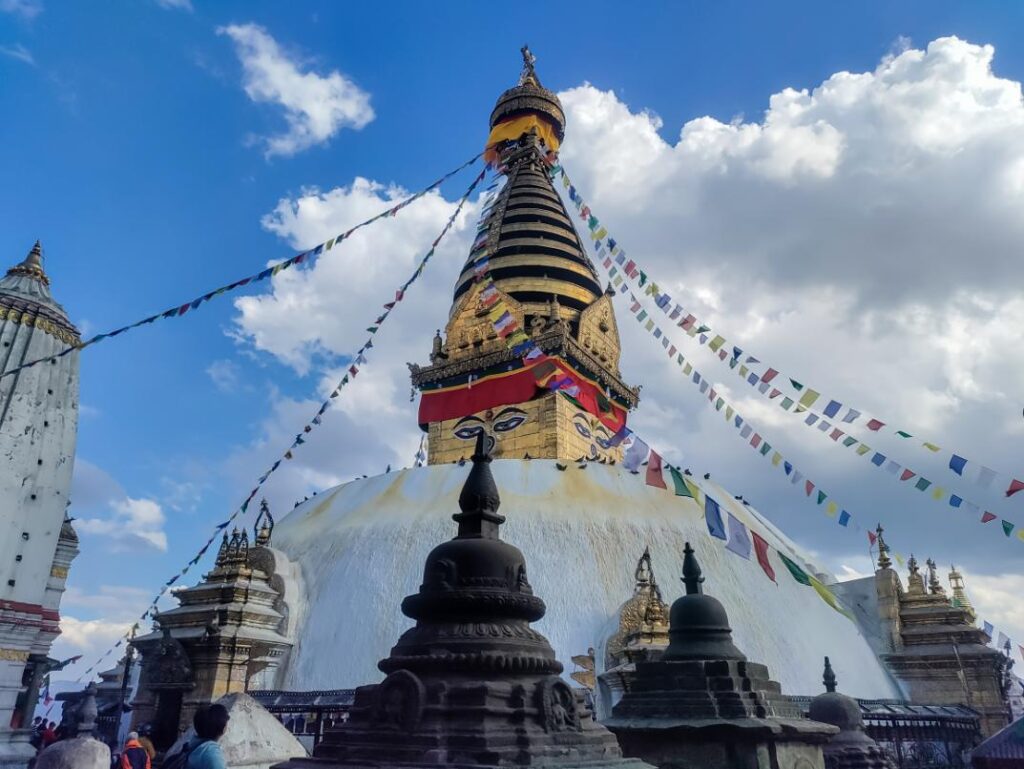
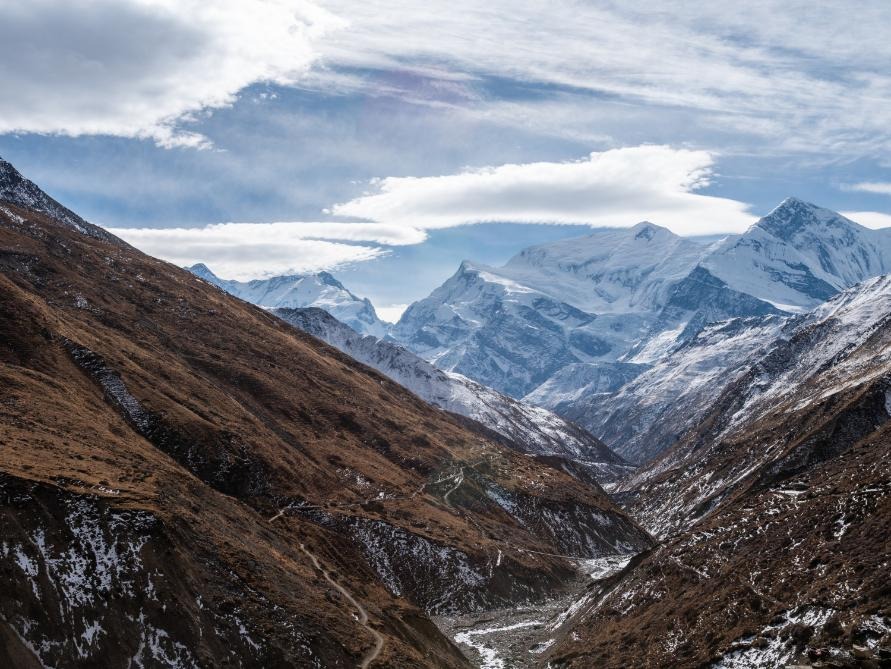
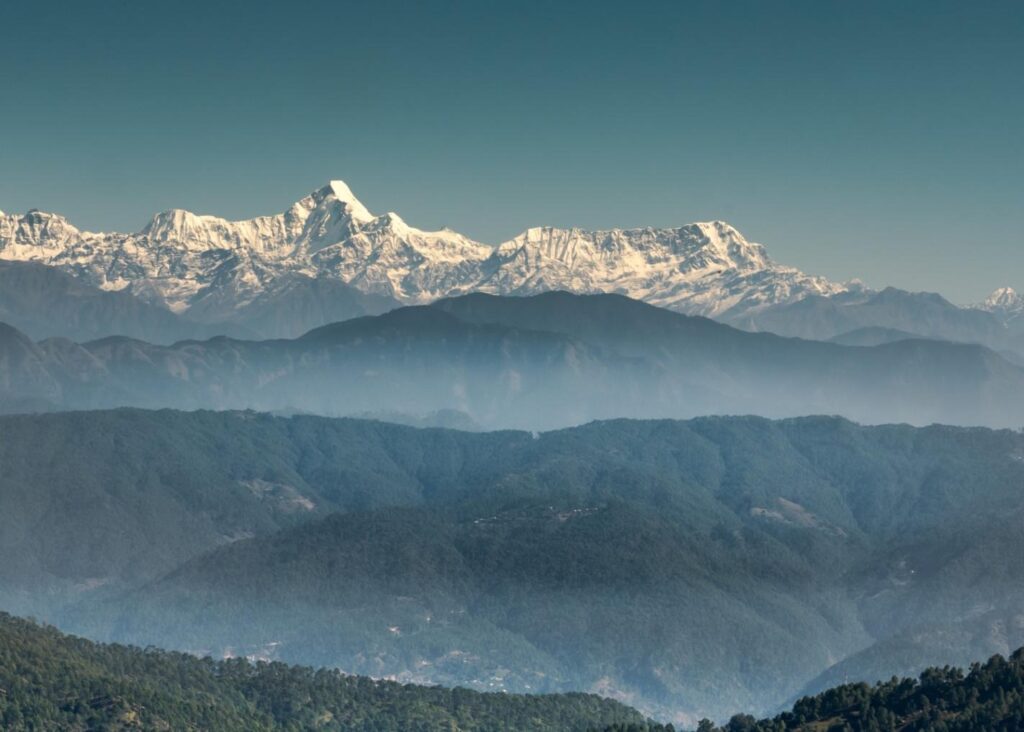
Nepal’s outlook and the sceneries is like a painting with different colors. The southern part, called the Terai, is flat and green with lots of plants and animals. Moving north, the land starts to rise into rolling hills and farms. This part, called the Midlands, is famous for its beautiful scenery and rich culture.
But the real attraction of Nepal is the Himalayas, the world’s tallest mountains. These dignified peaks, including Mount Everest, Annapurna, and Manaslu, are a dream for adventurers and nature lovers.
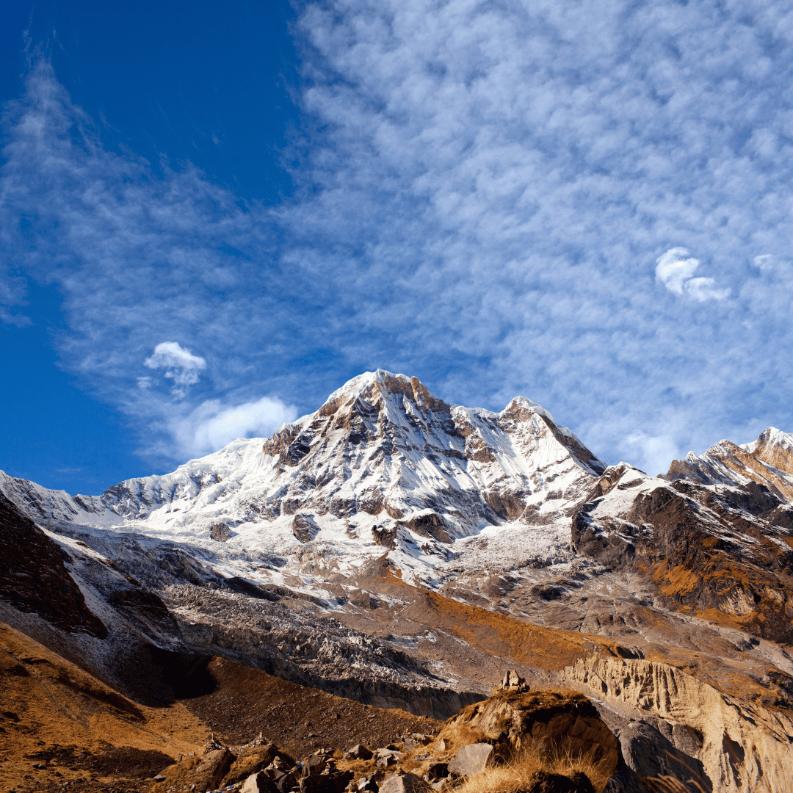
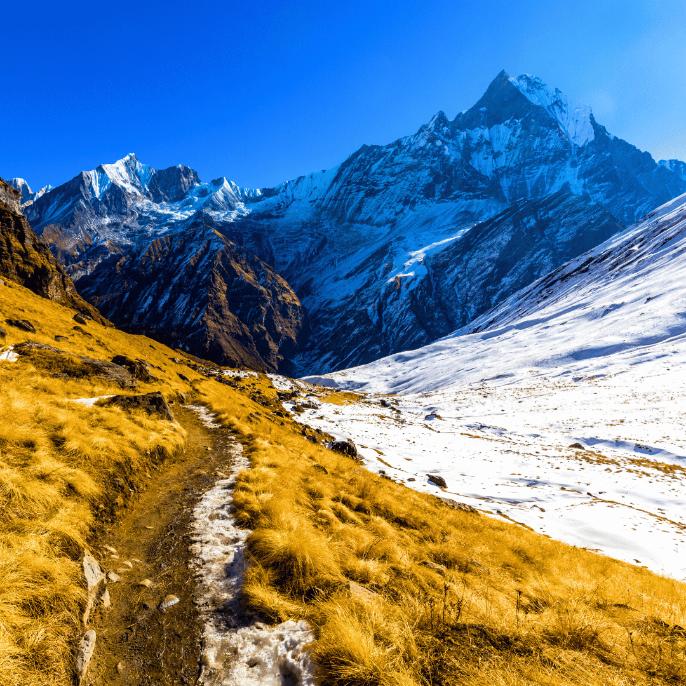
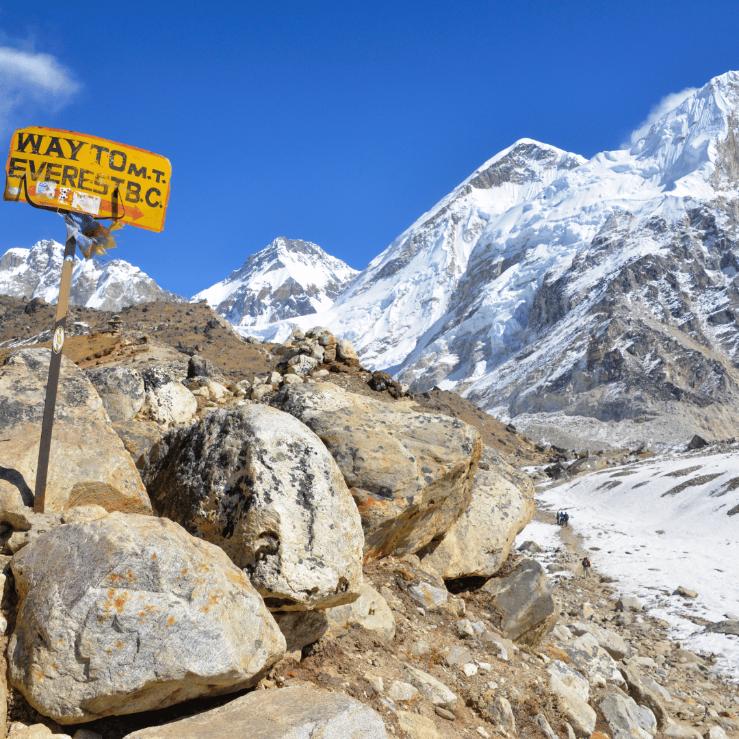
Table of Contents
Geographical Overview of Where is Nepal
Himalayan Region
The northern part of Nepal is dominated by the Himalayan mountain range. And this includes eight of the ten highest peaks in the world- Yes you heard it right! Mount Everest is the highest mountain in the world. It is located in the Himalayas of Nepal and is 8,848.86 meters tall. The local name for Mount Everest is Sagarmatha. Other important peaks include Kanchenjunga, Lhotse, and Makalu etc. This region is not only a paradise for mountaineers but also a vital source of water, with glaciers feeding major rivers like the Ganges, Brahmaputra, and Indus.
Hill Region
The central part of Nepal consists of the hilly region. Nepal’s heart beats in its hills. This central region holds a lot of terraced fields clinging to slopes, dense green forests, and peaceful valleys. Kathmandu city which is the capital city of the country lies here. This delightful valley is surrounded by ancient cities like Bhaktapur and Patan which will be a real bless if you like history and ancient things. This region is a perfect fusion of natural beauty and man-made greatness. Also you get the most pleasant weather which has welcomed people for ages.
Terai Region
The southern part of Nepal is known as the Terai. It is a flat, fertile plain that extends to the Indian border. This fertile region is the agricultural heartland of Nepal. It produces rice, wheat, and sugarcane and a lot of foods to feed in the country. It is also home to important wildlife reserves such as Chitwan National Park and Bardia National Park. You get to find rare species like the Bengal tiger, one-horned rhinoceros, and various species of deer and birds in there.
Cultural Heritage
Kathmandu Valley
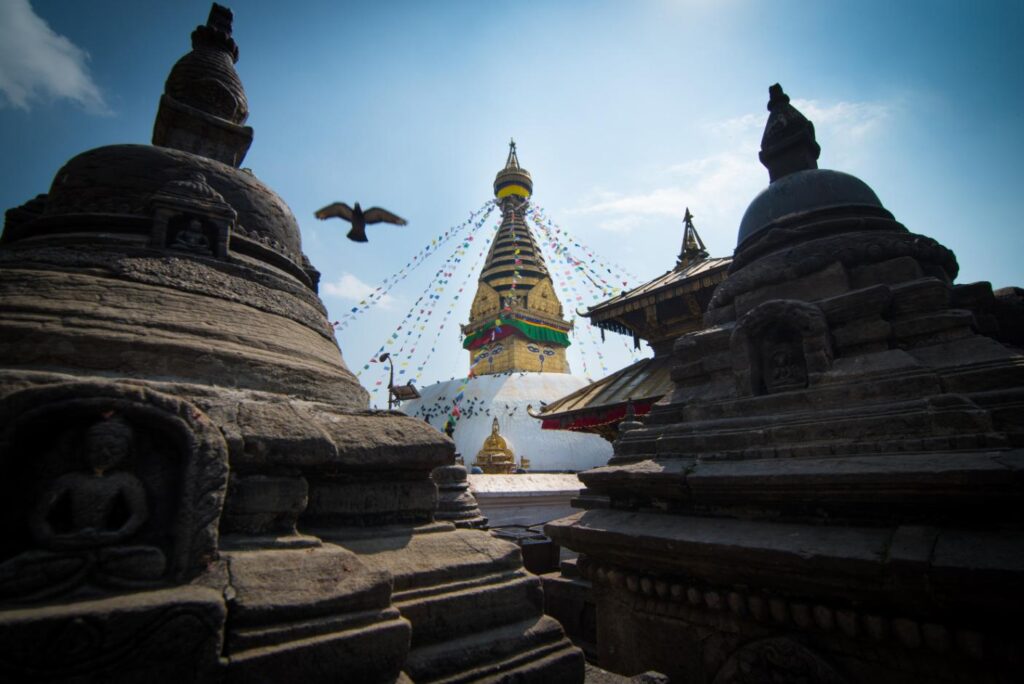
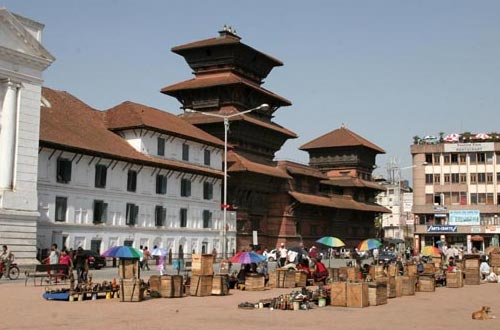
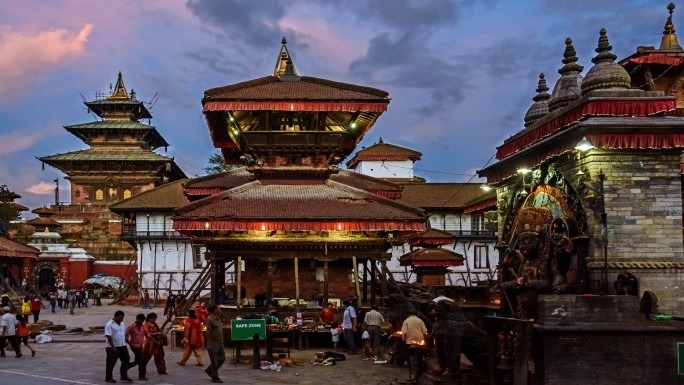
The Kathmandu Valley is a UNESCO World Heritage Site. It is very well known for its rich cultural heritage and historical monuments. The valley has seven World Heritage Sites, including Swayambhunath (the Monkey Temple), Boudhanath Stupa, Pashupatinath Temple, and the ancient cities of Kathmandu, Bhaktapur, and Patan. Each one is a masterpiece. It shows Nepal’s spiritual and architectural greatness with its amazing woodwork, stone carvings, and metal craftsmanship.
Lumbini
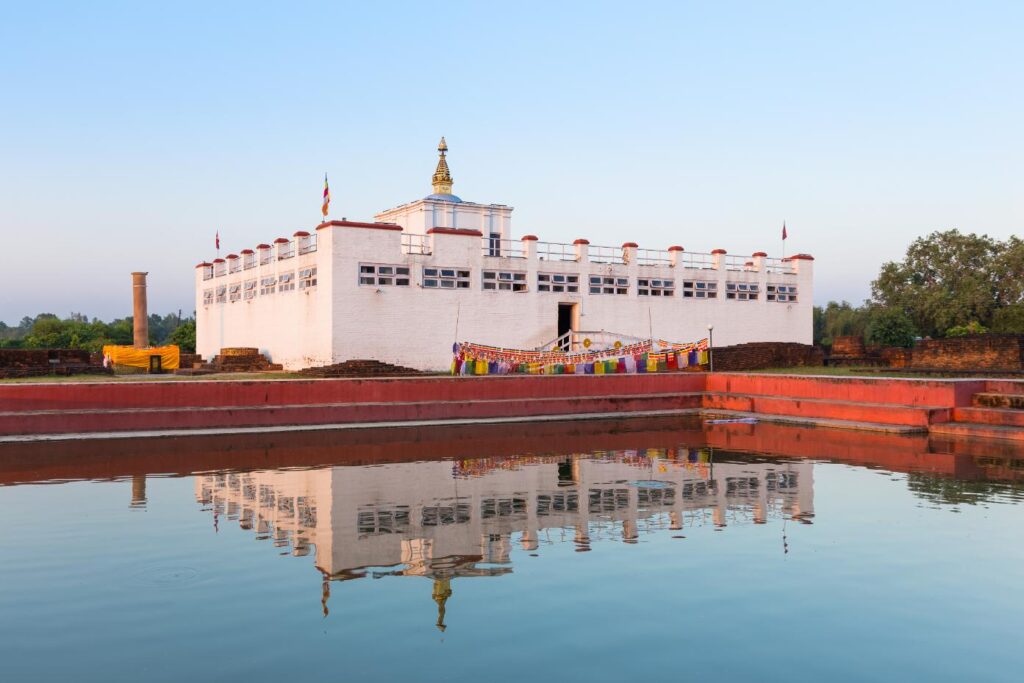
Lumbini is located in the Terai plains. It is the birthplace of Lord Buddha. It is a major pilgrimage site for Buddhists from around the world. It is that sacred garden, where Queen Mayadevi gave birth to Siddhartha Gautam. Today it is known by the Maya Devi Temple and the Ashoka Pillar. The surrounding area is also filled with monasteries built by various countries. They all reflect their unique architectural styles.
Festivals and Traditions
Nepal is a country of festivals. It has over 50 major celebrations taking place throughout the year. Dashain, Tihar, Holi, and Teej are just a few of the famous ones, but Nepal’s cultural richness goes far beyond these. Every corner of this beautiful country has its own rhythm, its own dance, its own story to tell through festivals. From the Newars’ ancient wisdom to the Sherpas’ mountain spirit to Gurungs, Magars, Tharus, and Sherpas.
Natural Wonders
Everest Base Camp
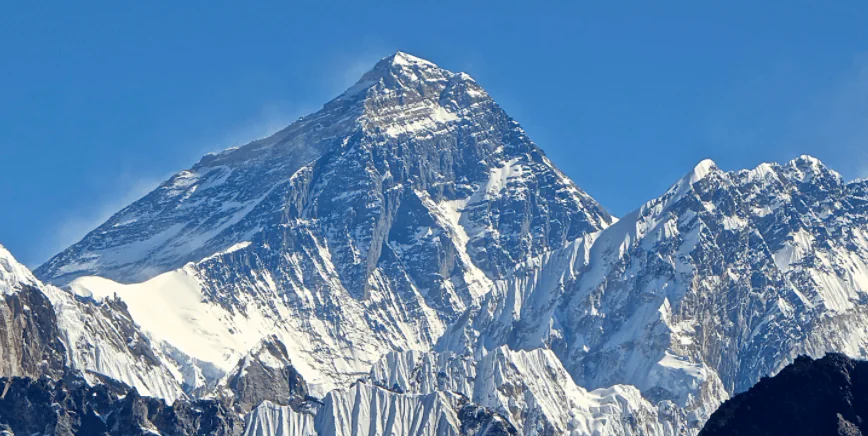

Everest Base Camp trek is one of the most popular trekking destinations in Nepal. Trekkers from around the world come to experience the breathtaking beauty of the Himalayas and to stand at the foot of the world’s highest mountain. The Everest Base Camp trek is actually a golden ticket to this extraordinary world. Trekkers will be surrounded by the majestic Himalayas, their snow-capped peaks like a crown of the earth. You will also get the chance to go through Sherpa villages. Thereafter, understand the ways of life there. Along the way, ancient monasteries like Tengboche shall show the path to faith and history.
Annapurna Circuit
The Annapurna Circuit is another great trekking route that is really popular. It takes adventurers through various landscapes, from subtropical forests to alpine meadows and also the deserts. The circuit offers great views of Annapurna, Dhaulagiri, and Machapuchare (Fishtail) mountains. Along the way, trekkers can explore charming villages, enjoy the hospitality of local communities. Trekkers also get to experience the various cultures of the Gurung and Thakali people.
Chitwan National Park
Chitwan National Park is a UNESCO World Heritage Site, It is a haven for wildlife lovers. The park covers 932 square kilometers and has a variety of flora and fauna, including the endangered one-horned rhinoceros, Bengal tiger, and Gharial crocodile. Visitors get to really enjoy jungle safaris, bird watching, and canoe rides and more. There is so much to explore- it’s a natural treat!
Economy and Development
Agriculture
Agriculture is the backbone of Nepal’s economy. It employs around 65% of the population. The fertile plains of the Terai and the terraced hills are used for cultivating rice, maize, wheat, and barley. Nepal is also known for its tea, coffee, and medicinal herbs. However, the agriculture sector faces numerous challenges such as traditional farming methods, dependence on monsoon rains, and lack of modern infrastructure.
Tourism
Tourism is also a major contributor to Nepal’s economy. It attracts millions of visitors each year. The country’s natural beauty, cultural heritage, and adventure activities like trekking, mountaineering, and wildlife safaris attract a lot of tourists from around the world. Popular destinations include the Kathmandu Valley, Pokhara, Chitwan National Park, and the trekking routes in the Everest and Annapurna regions and more.
Remittances
A significant portion of Nepal’s GDP comes from remittances sent by Nepalese working abroad. Countries like the Gulf States, Malaysia, South Korea, and Japan are popular destinations for Nepalese migrant workers. These remittances play a very important role in supporting the economy, funding education, healthcare, and improving living standards in rural areas.
Only Country with Non-Quadrilateral Flag
One of the most distinctive things which one will notice about Nepal that is different from the rest of the world has to be its flag. Unlike every other country’s flag, it is not rectangular in shape but triangular with a combination of two pennons with Sun and Moon drawn on each of the pennons. The color on the flag too has a special notion. The crimson red on the body represents the war victory and national flower “Rhododendron”. The blue color border means peace with white moon symbolizing Nepalese to be very soothing and calm, while the sun symbolizes fierce resolve.
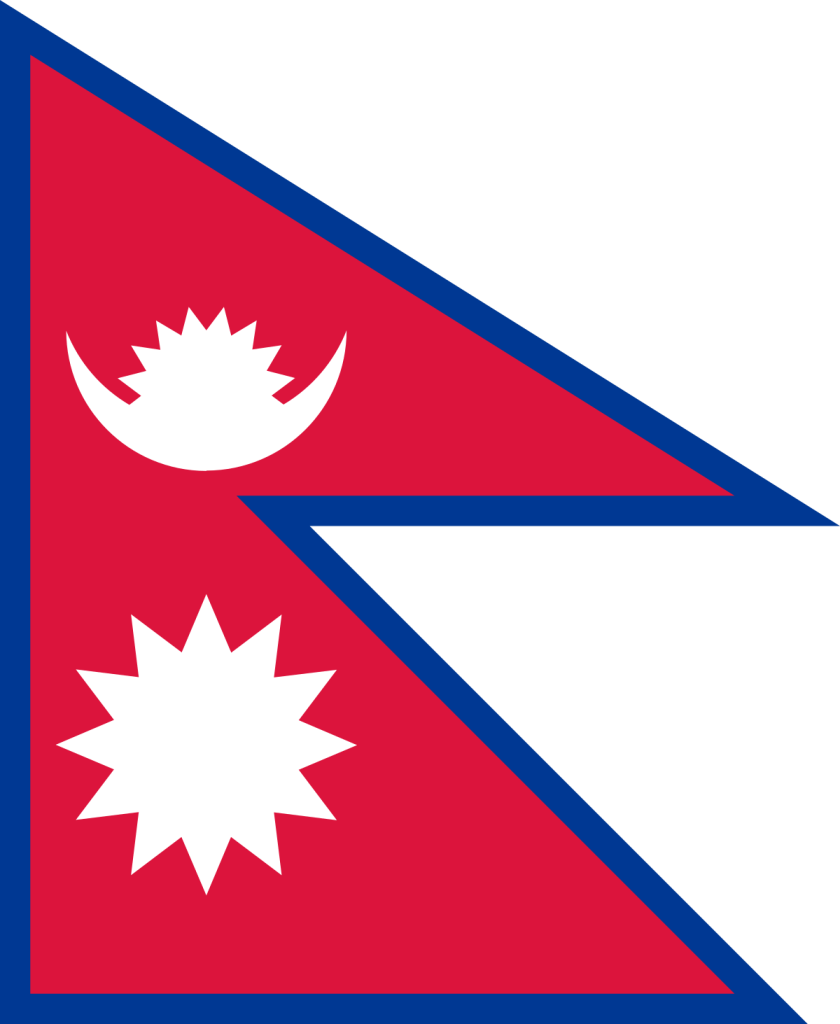
Also, the moon symbolizes the shades and the cool weather of the Himalayas, whereas the sun symbolizes the heat and the high temperature at the lower part of Nepal. This one and only flag is believed to be more than 2000 years old in the history of Nepal.
A Home to the living goddess, Kumari:
Ever heard of a living god? Yes, the living one, whose feet don’t touch the ground outside her palace. A tiny toddler, dressed in all red and in gold jewelry from head to toe is carried everywhere but never by her own feet. She is chosen from hundreds of other girls to get to this final test prescreened for 32 qualities of “Perfection” through a zodiac birth chart, by the highest priest in the land. She is left in a horrific “dark place” filled with something terrorizing-on the eighth day of the biggest festivals of Nepal- The Dashain. If she cries, she will be sent home.
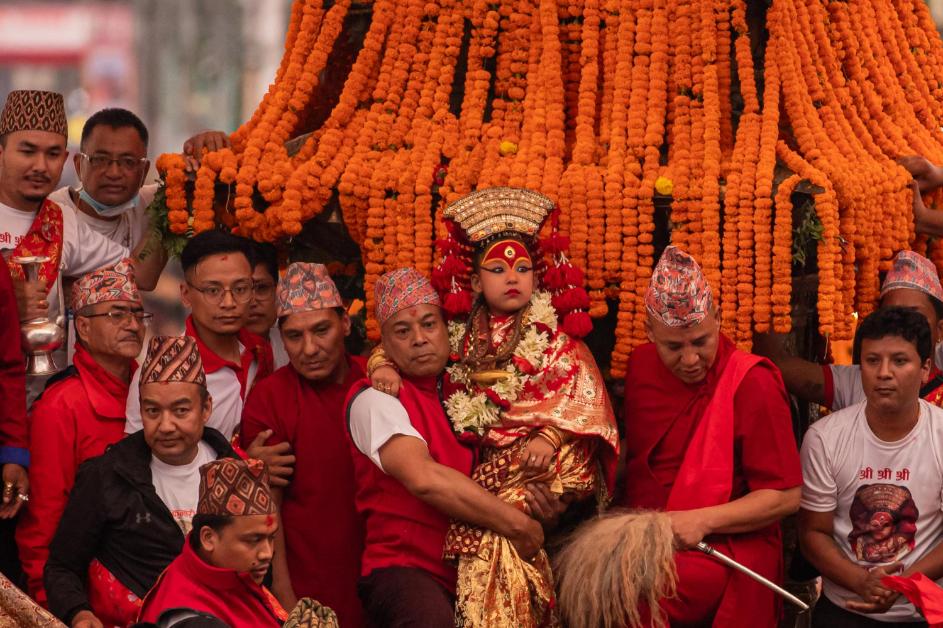
But if she braves the horror in silence without being scared or even nervous, she will be thrown as a “living goddess” called the Kumari. She is worshiped by Nepal’s Newari people until she hits her adolescence and thereafter, she is back to her normal life again. This is a tradition which dates back 300 years ago. No-one really knows what happens on the induction day, not even the Kumari herself, being too young to even remember. It is believed the Royal Kumari’s blessing maintains the peace and prosperity within the country.
Join the millions of pilgrims who have made the journey over two thousand years and feel the power of spirituality for yourself.
For heaven is a myth, Nepal is Real.
To the question: where is Nepal?- Answer is simple- Where once is not enough!
FAQ’s
You may also like:
Send an Enquiry
Error: Contact form not found.
© 2025 - Himalayan Trekking and Tours (P) Ltd. All Rights Reserved.


